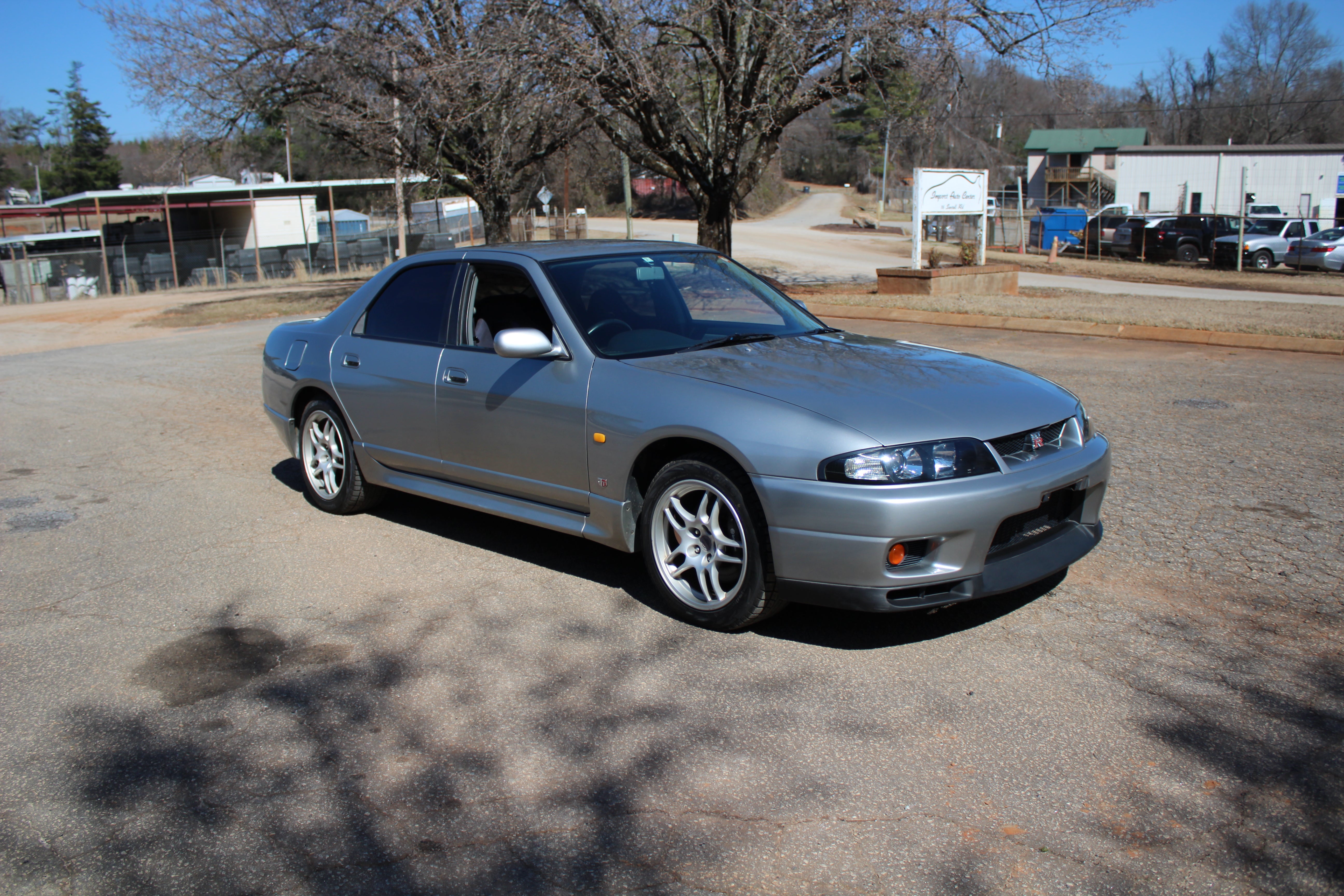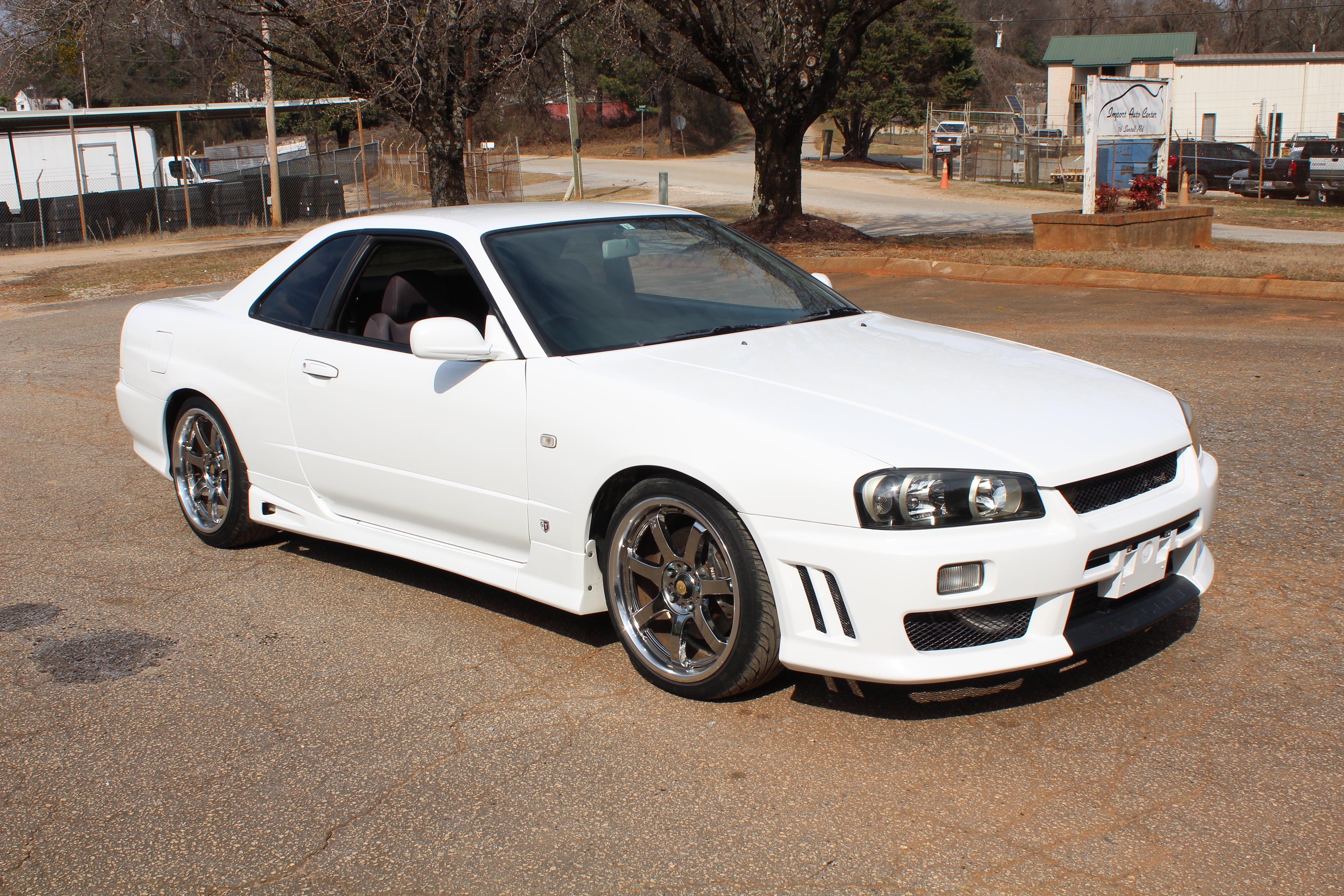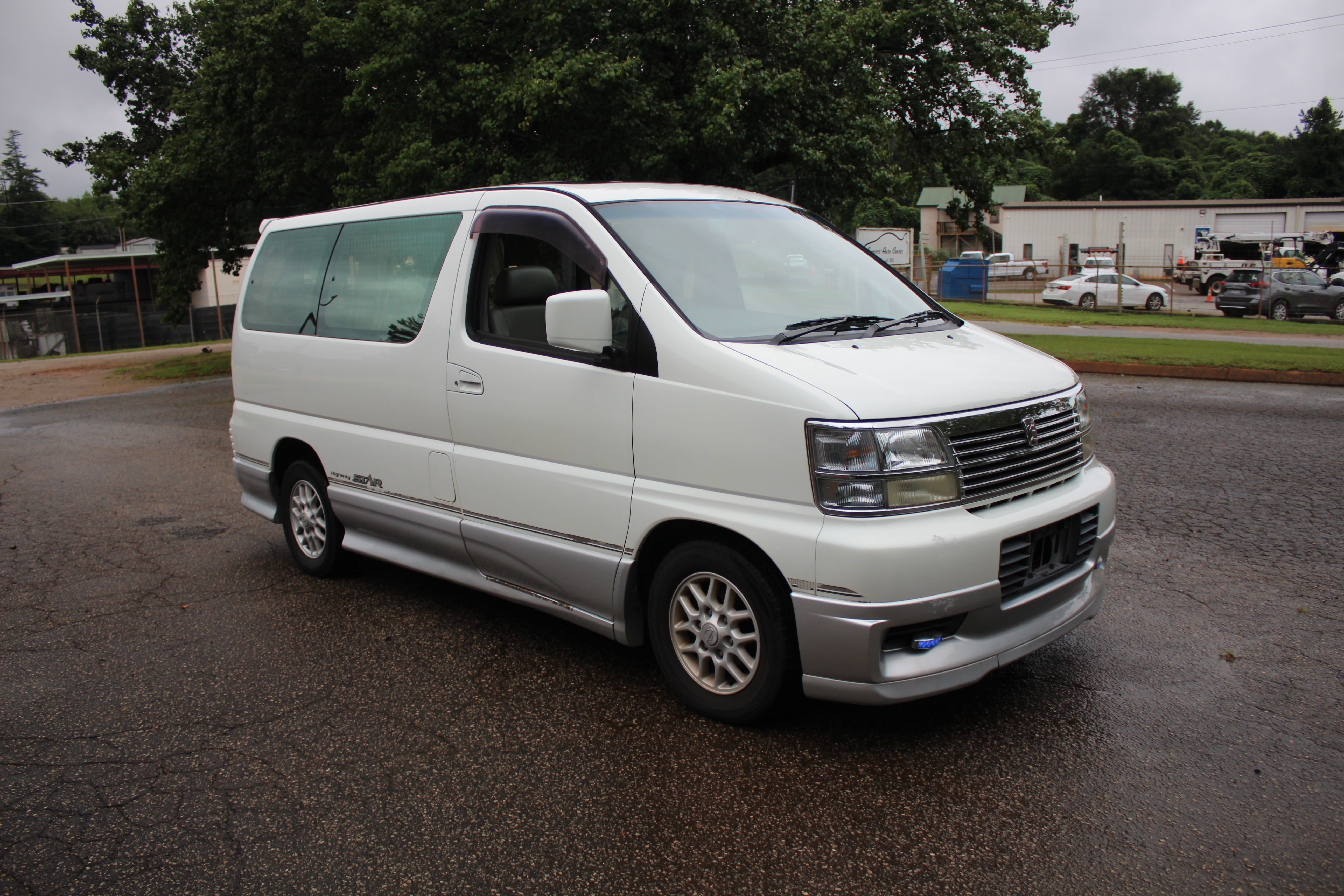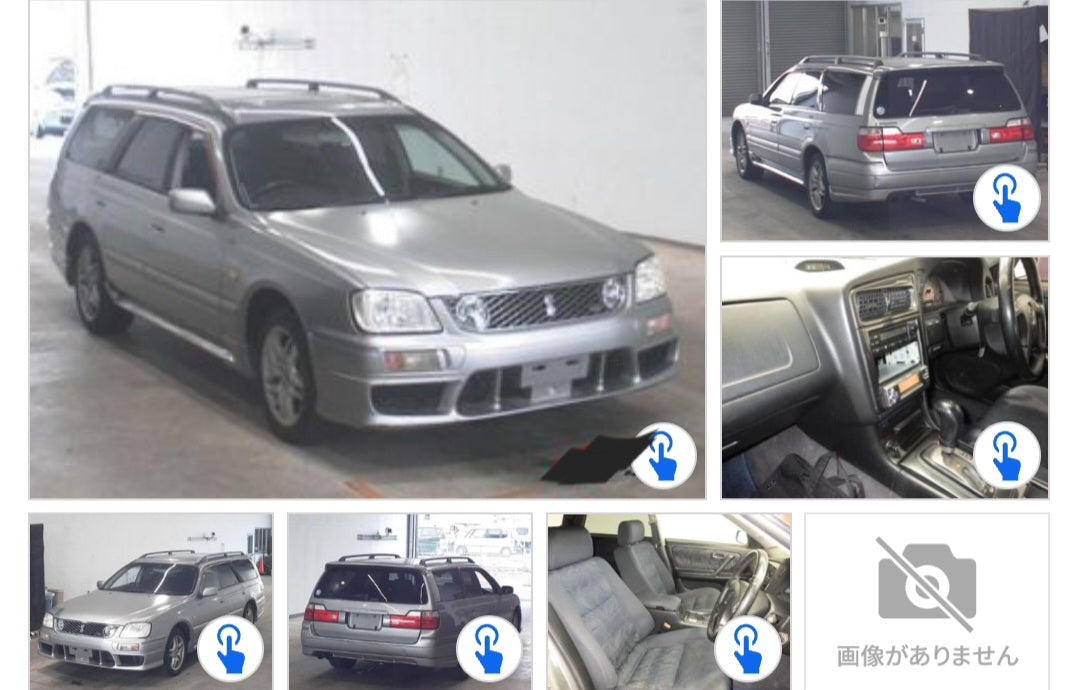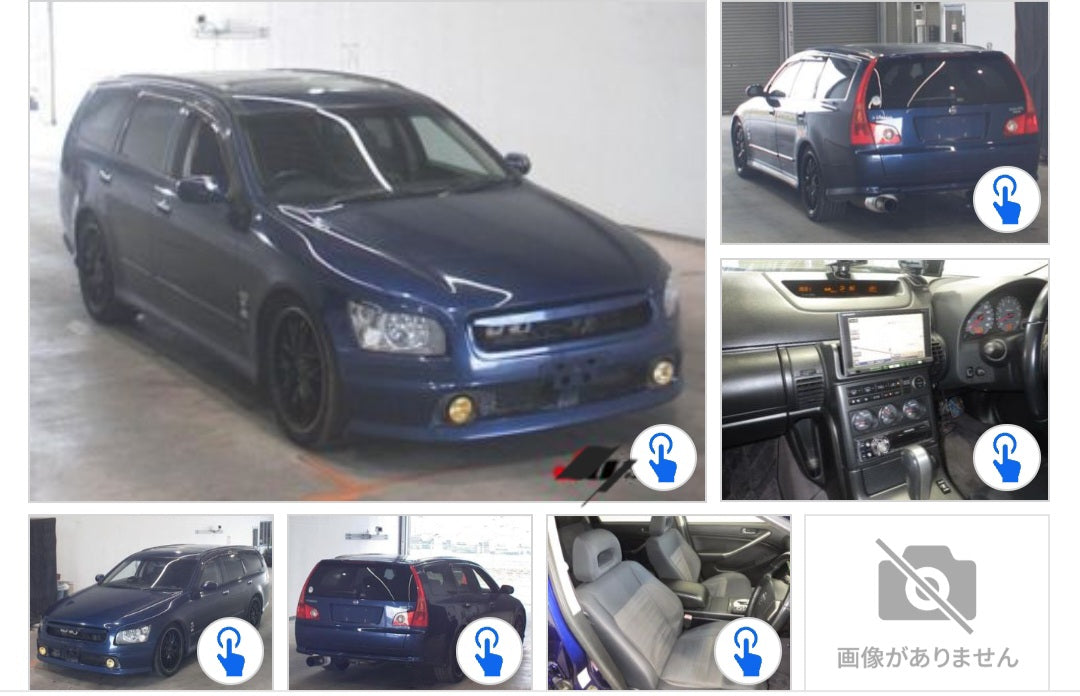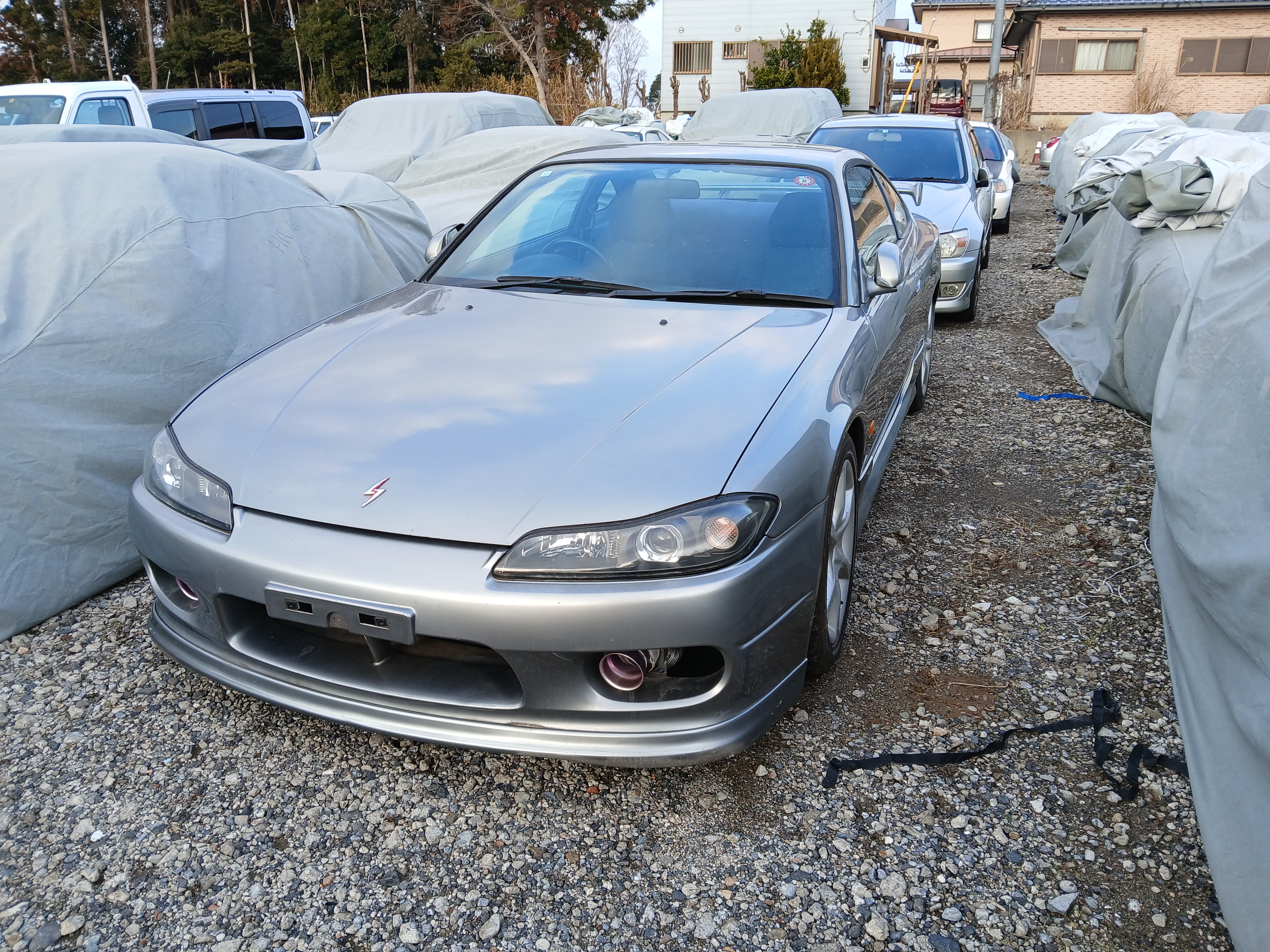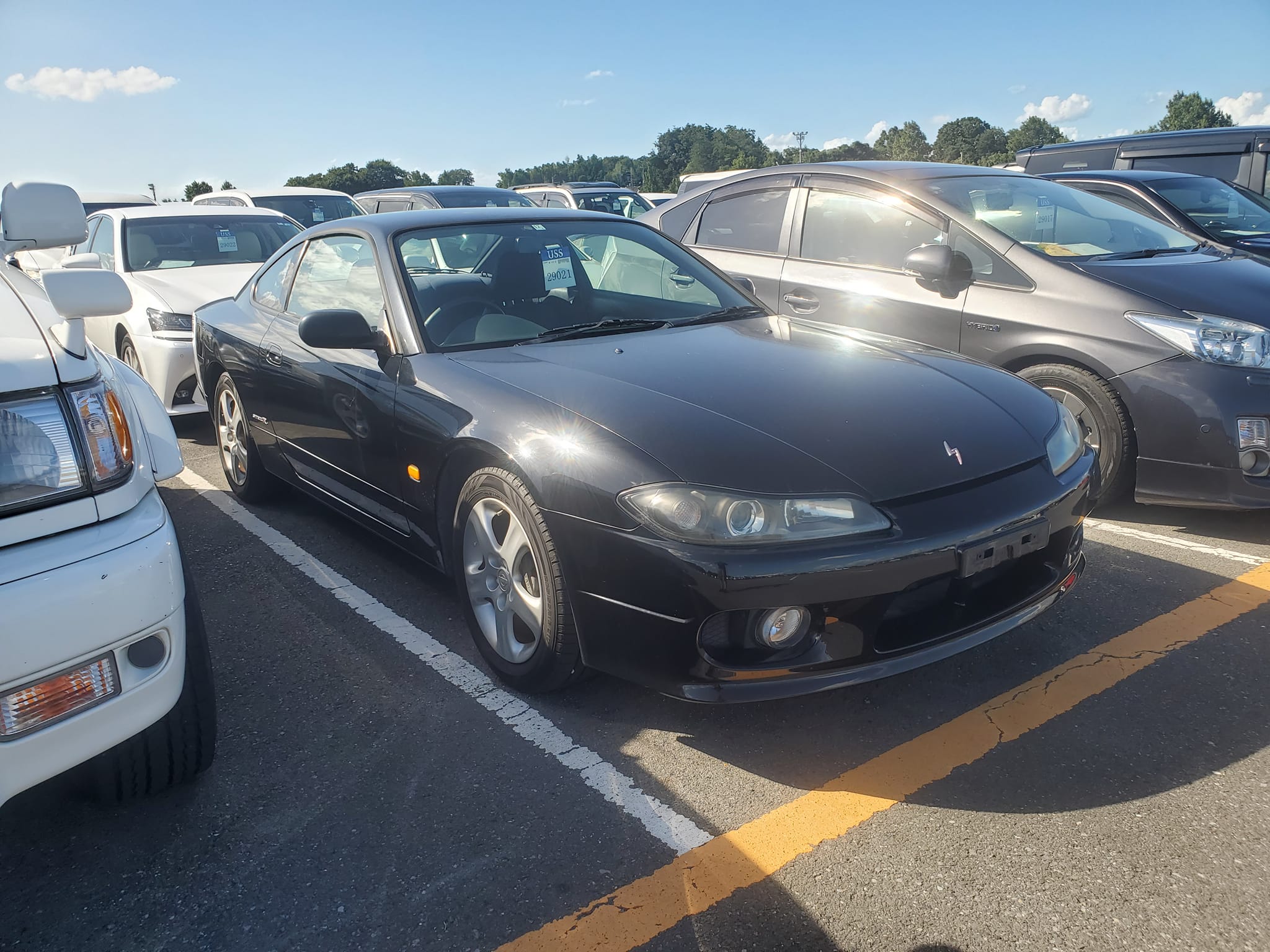JDM Fed Legal 1993 Silver Nissan Skyline R32 GTE Sedan RB20E Automatic 150k miles
Car runs and drives great with no issues blows cold air, gray interior.
All original paint and body. GTE Model has standard headlights, fog lights, power/heated mirrors, A/C, Power Steering, Radio, Cloth interior with arm rest in back seats. Car has some rust on the bottom of the rockers, scuff on front bumper left side and rear bumper has a scuff on the right side as pictured.
We Import JDM Cars and have a yard in Japan, i personally travel to Japan and hand pick vehicles for importation.
We cut out all the middle men and offer cheaper prices cause of this when dealing direct. Questions. Have other random cars/trucks in Stock.
Contact Rob 864-505-5621 for any questions
The Nissan Skyline (Japanese: 日産・スカイライン Nissan Sukairain) is an automobile nameplate originally produced by the Prince Motor Company starting in 1957, and then by Nissan after the two companies merged in 1967. After the merger, the Skyline and its larger counterpart, the Nissan Gloria, were sold in Japan at dealership sales channels called Nissan Prince Shop. The Skyline was largely designed and engineered by Shinichiro Sakurai from inception, and he remained a chief influence of the car until his death in 2011. Skylines are available in either coupe, or sedan body styles, plus station wagon, crossover, convertible and pickup/sedan delivery body styles. The later models are most commonly known by their trademark round brake and tail lights (as of 1972). While not distributed in the United States until its importation as the Infiniti G, the Skyline's prominence in video games, movies and magazines resulted in many such cars being imported there from 1989 to late 2005.[1] The majority of Skyline models are rear-wheel drive, with four-wheel drive being available since the eighth-generation's debut. The R32 Skyline debuted in 1989. It was available as either a 2-door coupe or 4-door hardtop sedan, all other bodystyles were dropped. The R32 featured several versions of the RB-series straight-6 engines, which had improved heads (the twelve port inlet was gone) and used the ECCS (Electronically Concentrated Control System) injection system. Also available was an 1,800 cc 4-cylinder GXi model. Most models had HICAS four-wheel steering, with the rear wheels being hydraulically linked to the front steering. The 2.5-litre GTS-25 became one of the first Japanese production cars to feature a 5-speed automatic transmission. The GTS-t came in standard and Type M configurations, with the Type M having larger five-stud 16-inch wheels, four piston front callipers and twin piston rears plus other minor differences. ABS was optional (except for the GT-R and GTS-4), mechanical LSD was standard on the GTR and viscous LSD was standard on all turbo models and optional on all but the GXi. Nissan also produced 100 Australian models of the R32. In addition, there was a 4WD version of the GTS-t Type M, called the GTS-4. This generation was considered a "compact" under Japanese legislation that determined the amount of tax liability based on exterior dimensions. The smaller engines were offered so as to provide Japanese buyers the ability to choose which annual road tax obligation they were willing to pay. The station wagon bodystyle was discontinued, and replaced by the Nissan Stagea.


























